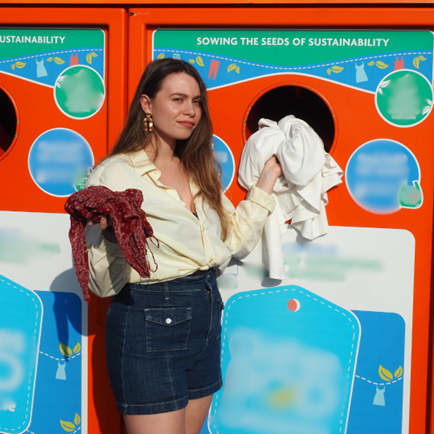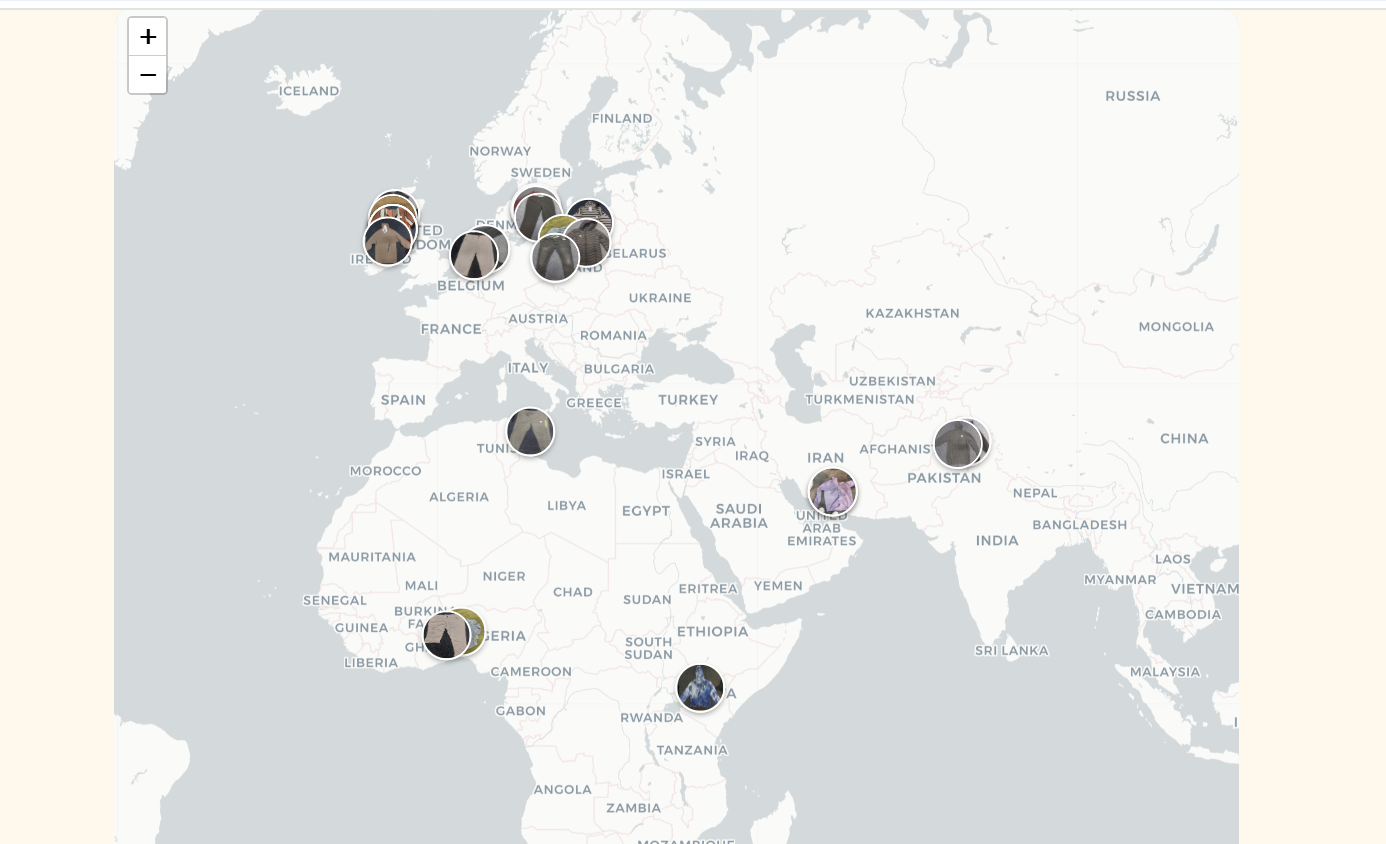With around 80% of all collected clothing in Ireland being exported, it’s fair to ask: are they really being reused? Or will they end up in landfills or on beaches thousands of kilometres away, as more and more investigations in Africa and Asia have shown?
In Ireland, each of us discards about 35 kg of clothing every year, and yet the fate of most of it is still a mystery.
We like to think we’re doing the right thing. We donate to charity shops, drop bags at clothing banks, or use take-back schemes in shops. But the truth is, once those clothes leave our hands, their story disappears.

With around 80% of all collected clothing in Ireland being exported, it’s fair to ask: are they really being reused? Or will they end up in landfills or on beaches thousands of kilometres away, as more and more investigations in Africa and Asia have shown?
We are not just talking about a few unwanted clothes that can find a second life easily. It’s a global textile waste crisis, created by fast fashion production and behaviours that made billions of clothes disposable and nearly impossible to reuse or recycle. When they can’t be resold, exported clothes often become someone else’s problem, fuelling pollution, undermining local industries, and repeating patterns of environmental injustice rooted in colonialism.
In 2023, our Threads of Transparency report exposed just how little the clothing collection and export industry tells us about what happens to our donated clothes.
Two years later, not much has changed. Private collectors and exporters still guard their data, or simply don’t care to collect it in the first place, leaving us in the dark.
So, we decided to find out for ourselves.
Over the past six months, in a collaborative project with our partners at Global Shapers, we have been tracking the journeys of Irish clothing in real time. We placed discreet trackers inside 38 items: some brand-new, some second-hand but reusable, and “released” them into the system through clothing banks and take-back schemes.
We deliberately avoided charity-run clothing banks, which are more transparent about their reuse rates. Instead, we focused on private collection routes. They handle most of Ireland’s donated clothes but reveal the least about where they go.
This investigation was inspired by a 2021 Changing Markets Foundation project on take-back schemes, but we wanted to do our own research into Irish clothes, collection systems, and the opaque supply chain that follows.

Take-back schemes run by retailers have, in recent years, started to share some information about what happens to the clothes they collect. But these systems remain self-regulated, and independent verification is still lacking. Textile banks, meanwhile, are far more widely used across Ireland yet offer almost no transparency at all. We wanted to put both systems to the test and verify their claims, so we could see for ourselves where the main gaps still lied and what could be done to ensure better transparency around the fate of our discarded clothes.
Now, seven months in, we’re ready to share the journey so far. On our new Tracking Map, you can follow each item in real time until November 2025. We’ve already traced 27 items across borders, ports, and continents, revealing patterns the industry would prefer you didn’t see.
This live map offers the transparency the clothing collection industry has failed to provide, until now. As the project continues, we’ll build a clearer picture of the routes and fates of our clothing, culminating in a final report with recommendations for an industry that desperately needs to raise its environmental and ethical standards.
Because once you see where our clothes really go, it’s hard to look away from the truth.
We’ve shown where Irish clothes really end up — but our work doesn’t stop here. Exposing the truth about the fashion industry takes time, resources, and independence. Help us keep going with a small donation: [link]


